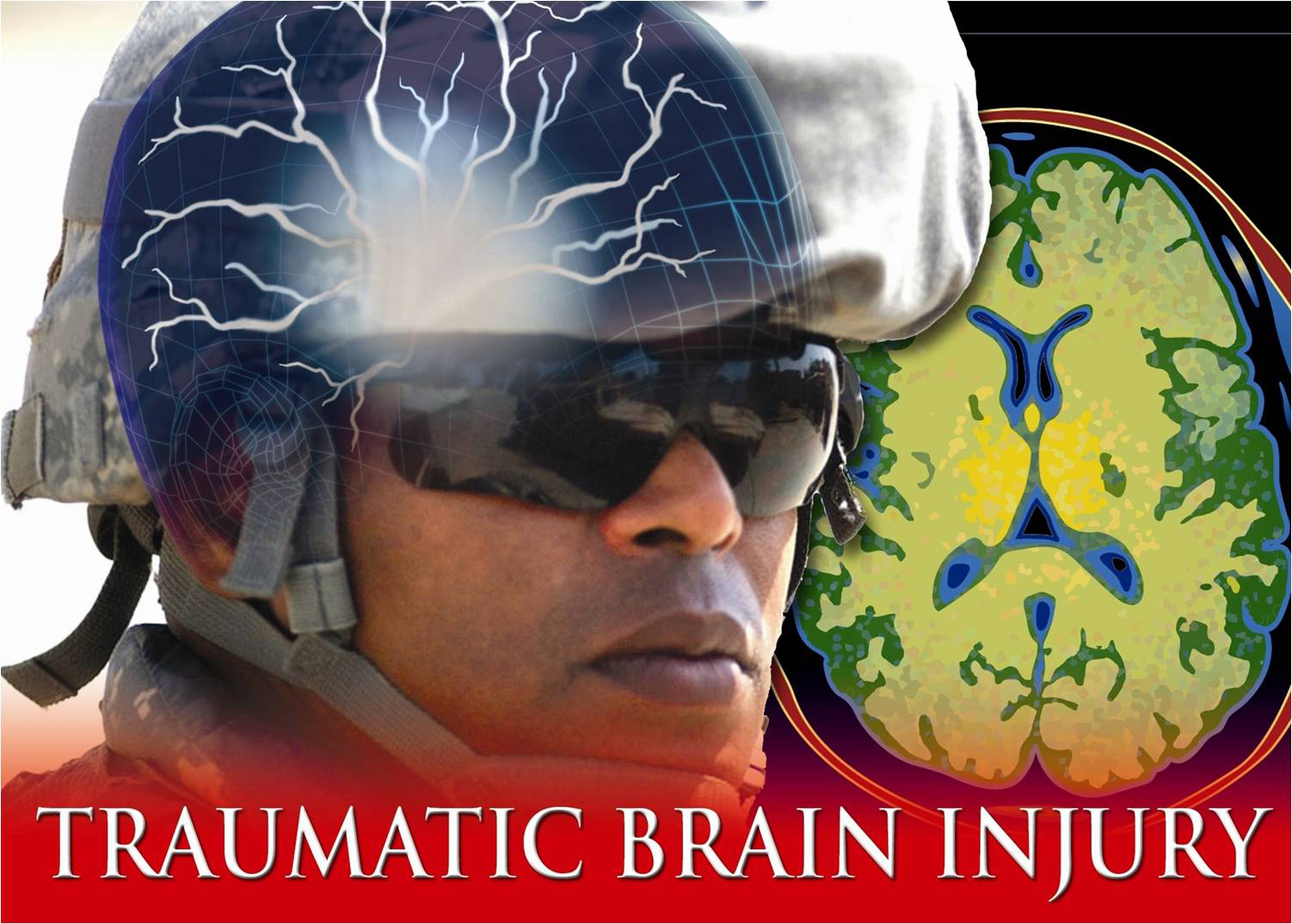Brain Injury Panel Addresses Brain Injury Using Computational Modeling

Brain injuries are a common occurrence among Service members.
The DoD Blast Injury Research Program Coordinating Office was established at the U. S. Army Medical Research and Materiel Command in June 2007 and given the responsibility of coordinating medical research addressing unanswered questions that surround blast injury.
"In 2006, the Congress mandated that the DoD establish a coordinated blast injury research program and the intent was not just to coordinate across the Department but also to reach out to expertise that lies outside of DoD, in other federal agencies, in universities, and in industry, both here in the US and in other countries. My office was established in 2007 to do the day-to-day coordinating activities with this diverse community of experts on behalf of the DoD Executive Agent," said Michael Leggieri, PCO director.
Most combat injuries are a result of IEDs and other explosive weapons. These weapons create high-pressure waves, rapid acceleration and deceleration, and can cause shrapnel and rocks to penetrate the body. These blast-related insults can result in a wide range of blast injuries, including traumatic brain injury ranging from mild to severe.
"The DoD Directive defines blast injury very broadly as the entire spectrum of injuries that can occur when you are exposed to an explosive weapon. Some of the resulting injuries, like blast lung injury, are unique to blast, while others, like blunt trauma injury, penetrating injury, or hemorrhage, are not unique to blast but they can occur in blast exposures," said Leggieri.
Blast injuries present many, complex challenges for the military. While there have been a number of advancements in the prevention, mitigation, and treatment of many types of blast injuries, there are some blast-related injuries, such as non-impact, blast-induced mild TBI , about which little is known.
Non-impact blast exposures can occur when an individual is close enough to an explosion to experience the high pressures created by the blast itself but far enough away to avoid penetrating injuries caused by fragments and blunt impact injuries caused by debris or by whole-body translation.
There is currently no consensus within the medical, scientific, and engineering communities on most aspects of this injury. In fact, there is a continuing dispute over the very existence of this injury, with some questioning whether it is even possible for blast overpressure alone to cause a mTBI. Furthermore, there is much debate about the possible mechanisms of this injury, or how this injury happens in the first place. In order to prevent blast injury, it is important to know how it occurs.
In the past, USAMRMC has used computational modeling to understand and address the questions surrounding blast-induced injuries.
In 2007, the PCO set out to identify and evaluate the existing gaps associated with non-impact blast-induced, mTBI and to set a path forward for addressing these gaps. Through several State-of-the-Science Meetings, it was determined that computational modeling was the best possible method to address these knowledge gaps.
"Computational modeling is using mathematical equations and algorithms to explain a system. In the case of blast injury modeling, it is describing the human body, human tissues, and human organs, and then using mathematical equations to predict how the body responds to a blast exposure. We know from the history of blast injury modeling here at MRMC that these models can be very useful in helping us understand how blast injures the human body. We feel very confident that computational models can be very useful in helping us understand the existence and the mechanisms of a non-impact, blast-induced, mild traumatic brain injury," said Leggieri.
To address these gaps and forge the way ahead, the PCO has assembled the DoD Brain Injury Computational Modeling Expert Panel comprised of an interdisciplinary team of scientists, engineers, and clinicians from government agencies, academic institutions, and industry. The 20-member panel includes representation from organizations and institutions including: Walter Reed Army Institute of Research, Johns Hopkins University Applied Physics Laboratory, U.S. Department of Veterans Affairs, Defense and Veterans Brain Injury Center, Massachusetts Institute of Technology, the National Highway Traffic Safety Administration, DSO National Labs (Singapore), and Defence Research and Development Organization (India).
"We learned from our previous experience in blast injury research and modeling that you need a multi-disciplinary team to solve the problem. So, what we've done, and this is one of our major initiatives on the TBI front, is to reach out to a very broad community of medical researchers, clinicians, engineers, and physicists, from government, universities, industry, and other nations, and we've assembled an expert panel to help us understand the state of the science in computational modeling of brain injury and then to help us indentify where the knowledge gaps are and what a research roadmap should look like to help us solve the problem" added Leggieri.
Using computational modeling the Panel hopes to answer the questions that still exist around this injury so that we may better protect and treat our Soldiers.














